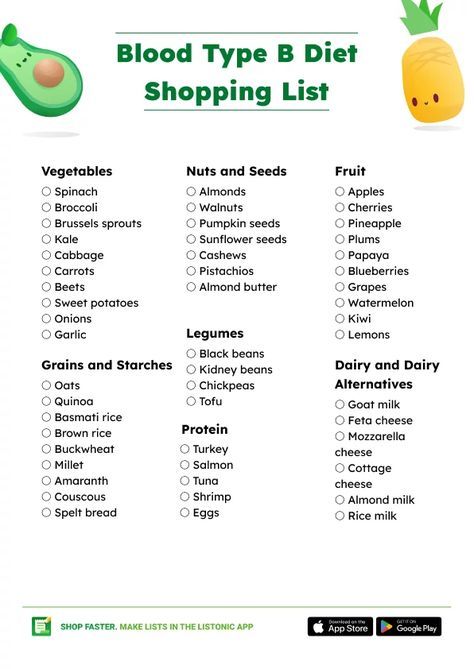Top 5 Practical Ways to Tell if Potatoes Go Bad
Identifying when potatoes have gone bad is crucial for maximizing your food waste reduction and ensuring food safety in your kitchen. Understanding how to store potatoes properly and recognizing the signs of bad potatoes can save you money and keep your family healthy. Potatoes are a staple in many diets, but they can spoil surprisingly quickly if not stored correctly or used within their shelf life. In this article, we’ll explore the top five practical ways to determine if your potatoes are still good to eat, backed by tips on preserving their freshness for longer periods.
The benefits of maintaining potato freshness go beyond food safety; they also enhance your cooking experience by ensuring you’re using high-quality ingredients. We’ll discuss the indicators of potato spoilage, how to check potatoes for spoilage, and ideal storage conditions. By the end, you'll be equipped with essential tips for safe food practices concerning potatoes, reducing food waste, and enjoying your meals while minimizing health risks from bad potatoes.
Visual Inspection for Potato Freshness
One of the easiest ways to determine if potatoes have gone bad is through a visual inspection. Start by looking for any signs of rot, discoloration, or unusual textures. Fresh potatoes should have firm skins and a smooth surface. If you notice any soft spots, wrinkles, or visibly rotten sections, it is a clear signal that the potato is spoiling or already spoiled. Pay special attention to the eyes; sprouting is a sign of deterioration and may render the potato unsuitable for consumption.
Additionally, dark spots or excessive sprouting may indicate the potato has begun to decline in quality. When inspecting, consider the overall look. Healthy potatoes are generally free from blemishes and maintain a consistent color across their surface. Keep in mind that potatoes with a green tint have been exposed to light and may contain solanine, a toxic compound. These potatoes should be thrown away immediately to avoid health risks.
Smell Test: A Simple Technique
Another simple method to check for potato spoilage is leveraging your sense of smell. Fresh potatoes typically have a neutral to earthy scent. If your potatoes emit a foul or sour odor, it's time to dispose of them. Smelling can be more reliable than sight when it comes to identifying decaying vegetables, as some subtle signs may not be immediately visible. This method should be paired with other forms of inspection to ensure comprehensive assessment.
It’s worth noting that sprouted potatoes may not have a bad smell but can indicate degradation in quality. If you've found a few sprouts, you can cut them off and use the potato if the flesh appears firm and healthy. However, if there are multiple sprouts or the potato has begun to decay, it’s best to discard it. Overall, trusting your nose is an effective way to gauge the condition of your potatoes.
Check for Texture: Firmness is Key
Texture is another indicator to consider when checking for potato quality. Fresh potatoes should feel firm to the touch without any significant give when pressed. A potato that is soft, mushy, or shriveled indicates it has passed its prime. In such cases, even if the skin looks normal, the internal quality may have deteriorated, which could affect flavor and health.
For optimal preservation, store your potatoes in a cool, dark place with good ventilation. Avoid storing potatoes in plastic bags as they trap moisture, promoting mildew growth. Instead, use breathable containers that allow for air circulation. This is especially vital to prevent moisture from affecting the quality of the potatoes. By monitoring texture, you can effectively prolong their storage life and maintain quality.
Understanding Potato Storage Conditions
The way you store your potatoes can drastically affect their shelf life. Potatoes should be kept in a cool, dark place, ideally around 45-50°F (7-10°C). Storing them in the refrigerator is usually not recommended since cold temperatures can convert the starch into sugar, leading to an altered taste and a gritty texture. Instead, consider using a paper bag or a basket to prevent exposure to light while keeping them dry.
Additionally, managing humidity is equally critical; too much moisture can lead to potato rot, while too little may cause them to shrivel. Place your potatoes away from other fruits and vegetables, especially onions, as these can expedite spoilage. By implementing effective potato storage tips, you can significantly reduce spoilage and increase the lifespan of your potatoes, ultimately enhancing your cooking experience.
When to Throw Away Potatoes
Knowing when to throw away potatoes is essential for both health and culinary enjoyment. If potatoes are significantly sprouted, green, or have extensive soft areas, they should not be consumed. Beyond these visual signs, if you notice a strong smell that resembles rot or an overall mushy texture, these potatoes are best discarded. Cooking with bad potatoes can pose health risks, including foodborne illness, making it crucial to err on the side of caution.
Remember that preventing potato spoilage begins with proper selection at the store. Choose fresh potatoes without any visible blemishes and ensure they are stored correctly at home. This focus on quality will not only enhance your meals but also contribute to reducing food waste significantly. Stay vigilant during inspections to maintain your kitchen’s best practices.

 ```
Its part of generated content. Can i generate another part?
```
Its part of generated content. Can i generate another part? 